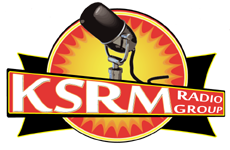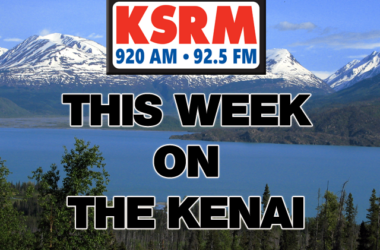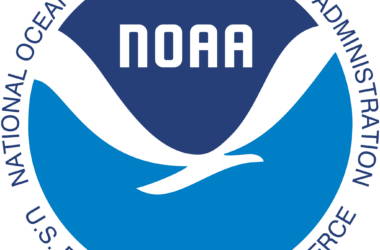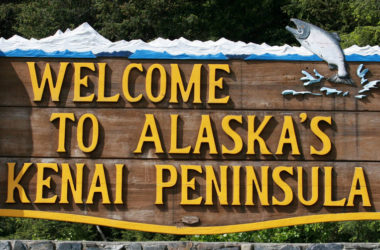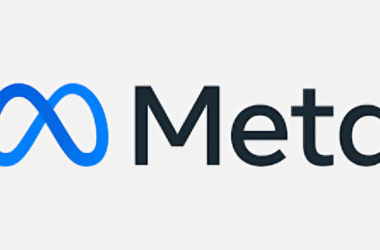The Northrim Bank Joint Chamber Luncheon was held this week in Soldotna on May 29th, where attendees gathered for an economic update from Northrim Bank’s Executive Vice President and Chief Credit Officer and Bank Economist, Mark Edwards.
Addressing a full room of local business leaders, elected officials, and community members, Edwards delivered a wide-ranging analysis of Alaska’s economy and its trajectory through 2025 and beyond.
Payroll jobs increased by nearly 2% over the past year, with 6,000 new positions. Our population saw modest growth, and for the first time, Alaska’s gross state product hit the $70 billion mark.
Personal income rose by 6%, however inflation ticked up 2.3% in 2024. Additionally, interest rates have climbed to 7.5%, pushing mortgage rates higher. Yet housing prices continue to rise, showing the strength and the stress in the market.
Oil production is projected to grow significantly over the next decade, with heavy investment from Pikka and others. “This increase is 44%, so we’re going to go from 461,000 barrels here to 663,000 barrels in the next 10 years, ” says Edwards. These developments are expected to bring thousands of construction jobs and hundreds of permanent positions, which suggests optimistic outlooks for our local labor force.
AGC projects $6.7 billion in activity for 2025, including major infrastructure efforts like the Kenai Bluff stabilization and Sterling Highway improvements. Even Homer benefits from funding to reconstruct Kachemak Bay areas and pedestrian pathways. The Kodiak Coast Guard facility is getting $500 million, which is going to affect more than just Kodiak.
“We toured the Kodiak Coast Guard facility last year. They’re getting $500 million. It’s gonna affect, Juno, Sitka, and Kodiak the most. But there is a lot going into protecting our fisheries and our coastal areas, and the amount of housing they’re building, as well as new jobs for the Coast Guard. I think we’re gonna see a ramp up on that statewide.” Edwards said.
Housing and workforce issues remain tough challenges. Alaska faces a smaller working-age population, and 1 in 5 jobs are filled by non-residents. Rising childcare costs and a lack of affordable housing only add to the issue.
Northrim Bank is facing this head-on by advocating for legislative reform, facilitating government land grants, lowering regulatory burden, and encouraging partnerships for multi-family housing developments. Edwards said, “We are doing a lot of low-income housing tax credits, senior assisted living programs, we’re working on legislative reform, and we’re the largest servicer of Alaska housing loans.”
While global tensions and domestic policy shifts create uncertainty, opportunities abound in Alaska.
“The bottom line to me is that Alaska is in a non-tariff zone and a free trade area part of the United States. We have world-class natural resources. The world needs those. If more of that domestic supply chain and domestic mineral production efforts that we’re hearing about keep moving forward, Alaska is really going to benefit more than in most places because of how much we produce.” Said Edwards.
The focus on domestic production and energy independence could play directly to Alaska’s strengths.
The economic forecast for Alaska is viewed with cautious optimism, and companies like Northrim Bank are looking out for Alaska’s best interests.
